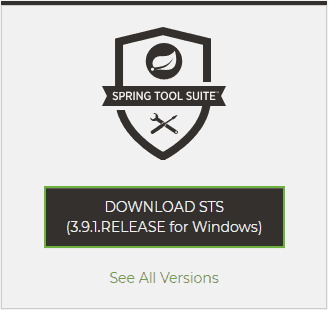

You can run it from anywhere, but it may want you to create and specify a default workspace, such as ~/workspace.Ĭ. Once downloaded, simply extract and run the Eclipse app. Download the latest version of Eclipse IDE for JEE developers (64-bit) here: ī. Note: There are numerous ways to install java, such as using the default packages, downloading and using the installers from Oracle or Azul systems – or manually.Ī. Install the JDK: sudo apt-get install default-jre

(Firefox in this case): sudo apt-get install firefoxĤ. Get a web browser so we can download Java, Eclipse, etc. Use alt + click top modify the panel, add icons.ģ. To customize the control bar with your own icons/shortcuts: Install Gnome-tweak-tool: sudo apt-get install gnome-tweak-toolĮ. Install a basic text editor: sudo apt-get install geditĭ. Preferences->Unnamed (Profile)->Uncheck terminal bellĬ. Disable terminal sounds – from any terminal window, press the hamburger menu button in the title bar: Remove desktop wallpaper and replace with a primary color. Some additional tweaks I like to make to the GUI for Ubuntu 20.04 are as follows:Ī. Ubuntu 20.04 does not have much in the way of control panels for additional configuration options – much of it needs to be completed on the command line. Note: If you’ve installed Ubuntu to VMWare workstation (15.5 or later is required to support Ubuntu 20.04), you will need to also install open-vm-tools (included with Linux) as well to enable drag & drop, cut & paste and display resolution functionality: sudo apt install open-vm-tools open-vm-tools-desktop Personally, I STILL don’t like Unity, so I prefer to install the older version of Gnome (CTRL+ALT+T brings up a terminal in Gnome/Unity if needed): sudo apt-get install gnome-session-flashback The above installs Unity and its dependencies, and is worth doing as baseline, as it includes basic packages needed for Gnome on Ubuntu, such as lightdm. Sudo apt-get install -no-install-recommends ubuntu-desktop Once your new server is installed and connected to the internet, login as the system administrator and install a GUI for the development environment: sudo apt-get update Download and Install Ubuntu Server 20.04: Ģ. With VMWare Player as the host, one could stand up a complete self contained web development environment from scratch in about an hour. All software here is free/open-source and only requires an Internet connection to get setup very quickly, and once complete a developer should have a working implementation of: This post gives a list of steps one can follow to stand up a Spring based web development environment in Ubuntu 20.04 Server. Note: This is an update to an earlier post I made (click here).Ĭreating a development environment for yourself to work with Spring is pretty easy once you know how.


 0 kommentar(er)
0 kommentar(er)
